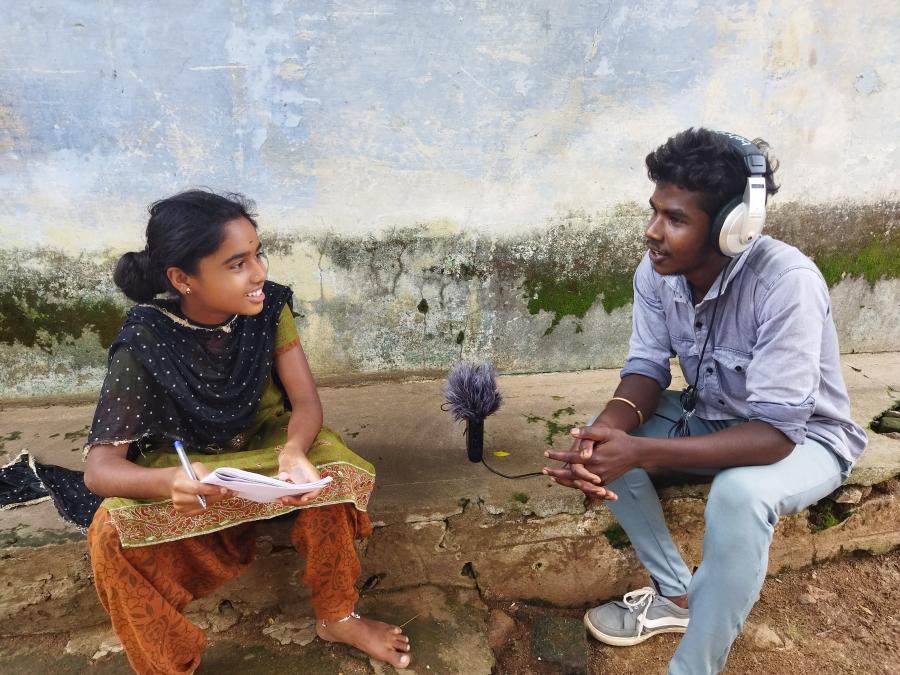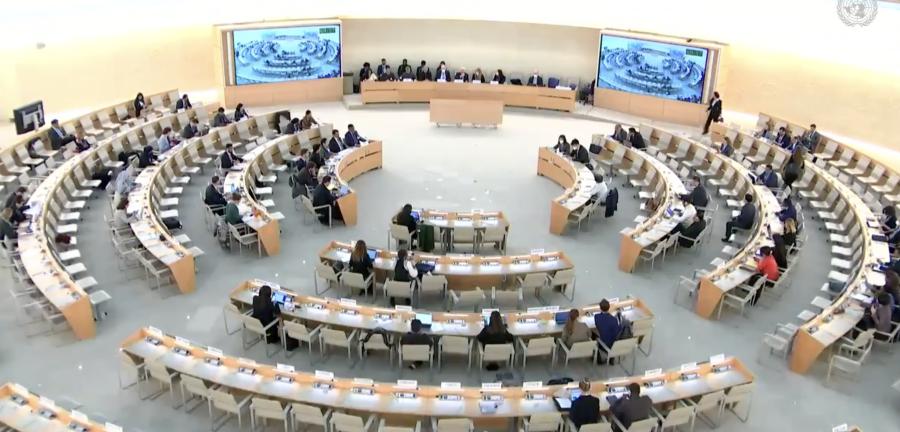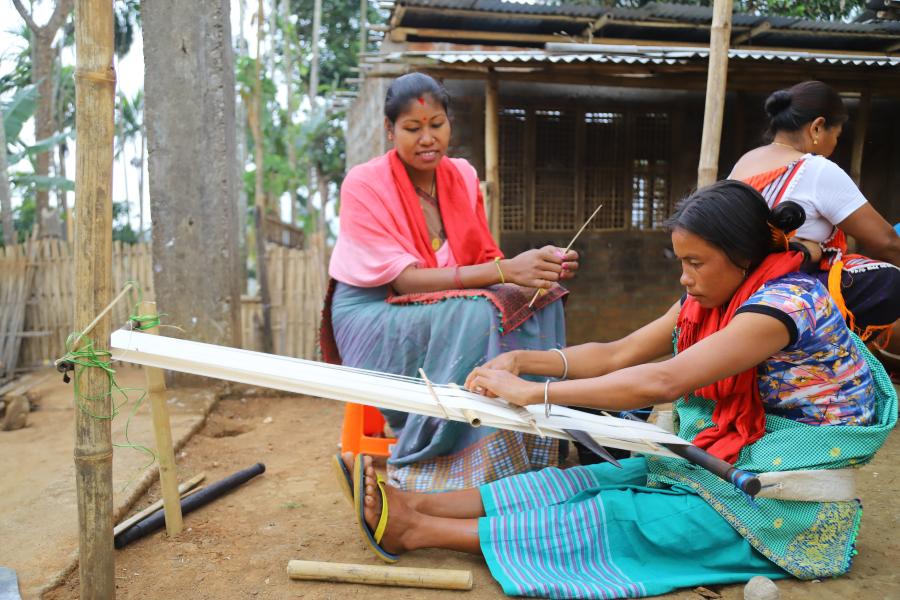My people, the Nagas, have a continuing high regard for the past, and throughout our life we are taught by example and observation that it is through the knowledge gained over time that our people have managed to survive.
We Naga are taught that all things stem from and continue to be tied to the past, and that it must continue to be respected and preserved. In our land, it is necessary to hand down from generation to generation the knowledge and the skills to ensure survival.
The customs, beliefs, values, and opinions of Naga society were handed down from their ancestors to posterity by word of mouth or by practice since the earliest times, until the advent of British colonization in northeast India and its stress on literacy and the written word 150 years ago changed the trend. Before this so-called “civilizing” contact, we Nagas had lived our lives and had maintained our traditions in our own way. We made things and had acquired property; believed, loved, hated, fought, wandered, and wondered; and we learned many things by our own experimental existence. Our dreams, fears, and hopes had existed since the most primitive days when our lives began.
From birth, children are taught through stories and legends about survival, endurance, and respect for nature and all mankind. Toys and playthings are fashioned for them, including tools and traditional dress, so that they may learn early about the roles they will assume. Girls are provided with packing parkas and carry their dolls on their back as they will carry their children in the future. They also are taught the traditional styles and methods for sewing and designing clothing. Boys are dealt with from an early age as budding warriors, and are introduced to traditional games, group play, and exercises to learn alertness, improvisation, and endurance.
Children in my culture quickly come to understand that time-honored skills and attitudes can never be relegated solely to the past, that they ensure a way of life and survival in the present and for the future. Children spend a great amount of time listening to the elders as they recount tales of their past, and sing individual songs called haolaa. These songs usually speak of events that occurred in the past and detail their reaction to them. Their ties to the past have essentially been passed down verbally through legends, anecdotes, and songs.
I am part of something that time has not erased. As a Naga, I have learned first-hand that the knowledge handed down by my people on survival in our land is not to be disregarded, and failure to practice and uphold this wisdom can only result in tragedy or disharmony for an individual or a group.
We Naga have a strong sense of self: of who we are, and why we are as we are. Through our legends we speak of our close ties with the spiritual world, and of our reverence for and understanding of wildlife. Stories handed down through time depict our interrelationship with the animal world, and tell of animals and humans exchanging roles, acquiring supernatural powers, and teaching and providing for one another. Our artwork also reflects these relationships, as do rituals that show respect for and acceptance of this oneness and harmony, which is displayed in our carvings and shawls.
All these, and more, are an eloquent testament to the way of life of a people. They represent the spirit, attitude, wisdom, and life-style which the Nagas have lived, have believed, and have passed on from generation to generation for many centuries. They are the product of our experience rooted at a particular time in the life of the society. This built-up wealth of Naga oral tradition has lived, is living, and will live in the folklore of the people. It is enshrined in the memories and hearts of the people. These tradition-bearers have kept alive the totality of our society, the unique system of our beliefs, the pristine virtues of our humanity, and the rich cultural heritage found in the folk tales, myths, legends, proverbs, superstitions, songs, and recitations of our ancestors, which have come down from the remote past of our history.
When the Westerners came to our land, they did not understand many of our Naga values and practices; their civilizations were different from our own. The tendency was to laugh at those things that looked surprising from the standpoint of those who made themselves judges. These were labeled “primitive” and “uncivilized,” because they did not conform to “civilized” standards.
Early missionaries, who considered our folklore primitive, without depth or sophistication, missed the point completely. Although there may be some common-sense beliefs and superstitions in the Indigenous communities, it must be noted that these have existed side by side with some humanity’s most profound philosophies, as well as some of its deepest truths.
Our elders tell us that we are the earliest inhabitants of this land. We are also aware of the tales and stories associated with the earliest contact with non-Nagas, in the form of wanderers, traders, missionaries, geographers, administrators. Our older people speak of their parents meeting the earliest visitors and sharing our food and shelter with them. There are many sites in our territory that tell of the heroic deeds of our forefathers and speak about our past, but these have limited historical interest to the Nagas, as they have simply accepted the sites’ existence as part of their lives. But our attitude should change, as outsiders are intruding. A new awareness of these sites should be seen as the key to preserving the past. As the population grows, our people should become increasingly concerned about the threat to the environment.
Archaeologists recently did some work on our land. It is good that we are digging out our past, but it is also necessary for the Nagas to share in that understanding and knowledge of the past. We will need to spend more time and attention to the strong concerns we have regarding removing artifacts to distant museums, where we question whether we shall ever get an opportunity to view them again and use them to educate our own children.
To know that we belong to us, we need to actively do our part to preserve our environment, wildlife, and historical sites while they are still relatively intact. We should learn how valuable they are and care for them for ourselves and our children. Spending our time in taking care of these invaluable resources is one way to look at our own way of life.
Standing here in my own land, with friendly birds and lovely animals, I am aware that their ancestors probably watched mine in the same manner in this same place hundreds of years ago. Here on this land, nothing has changed through time. I—Naga—and the land and the animals are still here. This is my past, and this has become a special place. Even though I am young, I, too, am the past as much as I am the future!
Tuisem Ngakang is a researcher who is currently working on recording the music of Tangkhul Nagas while waiting to defend his PhD thesis. He is particularly interested in music, dance, and conflict resolution among the Naga.



